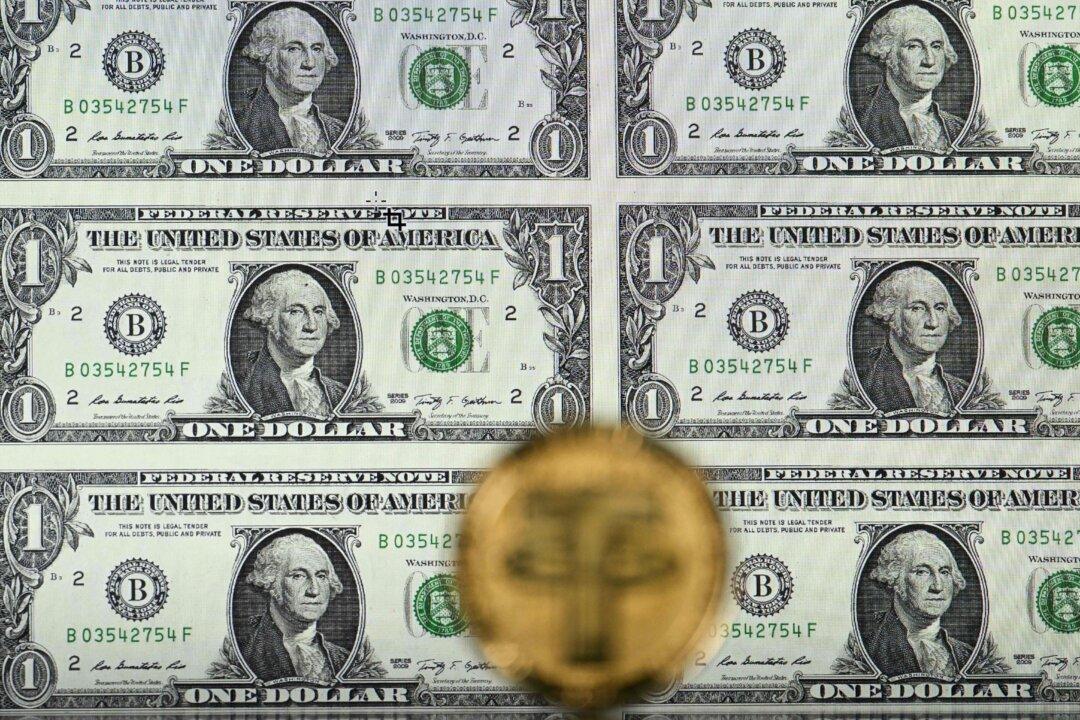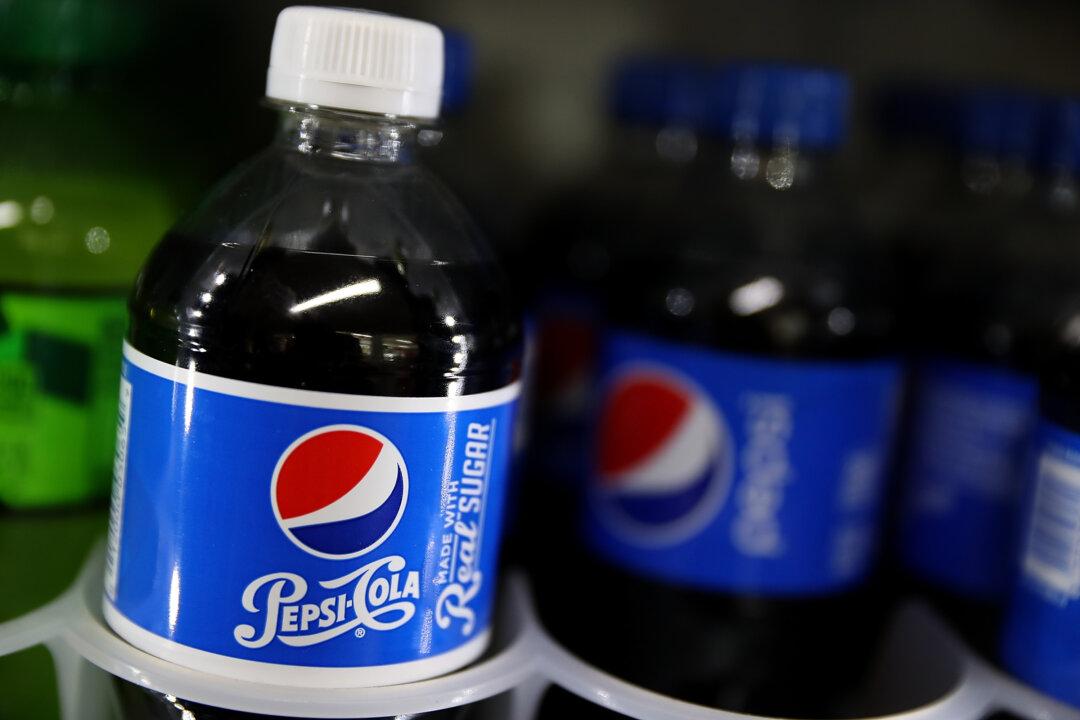The SPDR S&P 500 ETF Trust dropped 2.5 percent and the SPDR Dow Jones Industrial Average ETF Trust dropped 2.4 percent on Thursday morning after Russia launched an attack against Ukraine.
What Happened?
Russia invaded Ukraine overnight, with reports of missile strikes and explosions in major Ukrainian cities, including the capital of Kyiv. Russian President Vladimir Putin has said his goal is the “demilitarization” of Ukraine, and Russia has no plans to occupy Ukrainian territories.U.S. President Joe Biden has condemned the invasion and said “the world will hold Russia accountable” for its actions in Ukraine.





